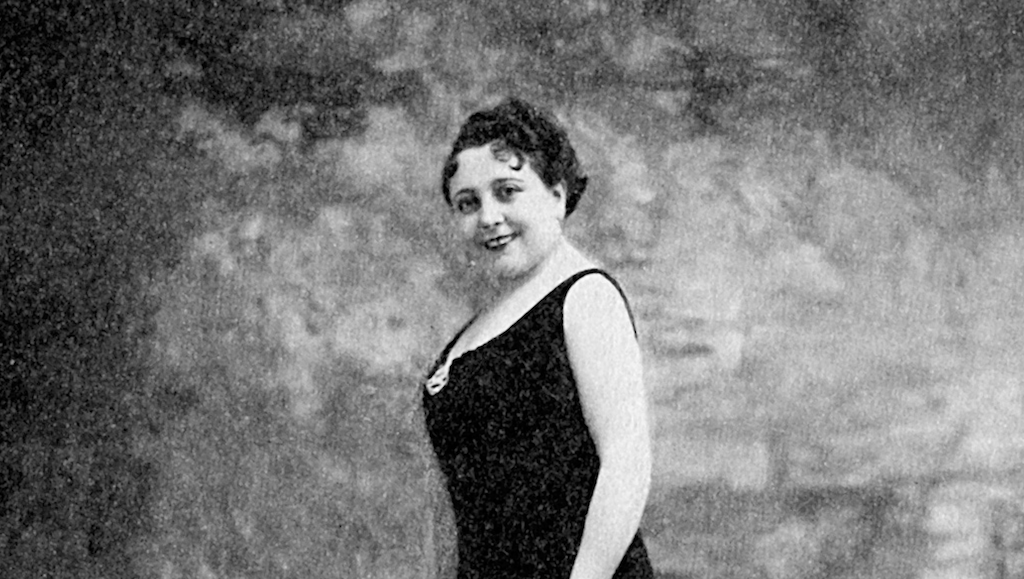Toti Dal Monte: The Jewel of Early 20th Century Soprano Brilliance

Rated as one of the most accomplished singers of her time, Toti Dal Monte was born in Venice on 27th June 1893. Her ambition was to become a concert pianist and she entered the Benedetto Marcello Conservatory in Venice while still a child. A strained tendon in her left hand came as a severe blow to Dal Monte who, having almost finished her studies, saw her aspirations shattered. Her father sought the advice of Italian operatic contralto Barbara Marchisio. The ‘Jewel Song’ sung by Dal Monte so charmed the famous singer that she became both teacher and devoted friend. The celebrated basso Antonio Pini-Corsi later became Dal Monte’s teacher in stagecraft.
She made her debut at La Scala in 1916 in the secondary role of Biancofiore in Francesca da Rimini, proving an instantaneous success. Less than two years after this, Dal Monte sang the lead role in Lodoletta in Sicily, and this may be regarded as the real commencement of her brilliant career. Touring throughout Italy, she came back to La Scala in 1922 when Toscanini invited her to appear as Gilda in Rigoletto. Thereafter, she concentrated on light soprano repertory, with occasional appearances in lyric roles such as Adina, Violetta and Butterfly.
South America accorded the young coloratura soprano a series of tremendous ovations unheard of since the days of Luisa Tetrazzini and in 1924, she was one of the singers in Nellie Melba’s opera company when she made her first visit to Australia. Of all the singers in the company, it was Dal Monte and Apollo Granforte who achieved great success in Rigoletto and Don Pasquale. Another Australian visit in 1928 was equally successful. A young tenor, Enzo de Muro Lomanto, with whom she had already sung in Italy, was also a member of the company and the two were married in Sydney.
Her only Covent Garden appearances were in 1925 as Lucia and Rosina. At the Met, she sang on only three occasions during the 1924-1925 season due to the strong opposition from firmly entrenched favourites. Chicago welcomed her and retained her for three seasons in which she sang Linda di Chamounix, Lucia di Lammermoor, Il Barbiere di Siviglia and La sonnambula.
When Toscanini took the Scala company to Germany in 1929, she was widely accepted by the audiences. Toscanini praised Dal Monte and utilised her vocal gifts which were allied to matching musicianship. Italian audiences of the 1930s were privileged to hear some of the most exquisite vocalism in her partnership with Tito Schipa in Barbiere, Don Pasquale, La sonnambula and Lucia di Lammermoor. Quite often her other partners were Giacomo Lauri-Volpi and Beniamino Gigli during the same period in which she was in peak form. After her retirement in the ’40s, she taught in her native city. Two of her most successful pupils have been Dolores Wilson and Gianna D’Angelo.
“Toti Dal Monte…whose art has a jewel-like delicacy and fineness that must be heard to be believed,” wrote composer and music critic Kaikhosru Sorabji.
LPs of her memorable singing in Lucia di Lammermoor, La fille du régiment and other works are housed in the Stuart-Liff Collection at the NCPA.
By Jimmy Bilimoria. This piece was originally published by the National Centre for the Performing Arts, Mumbai, in the January 2024 issue of ON Stage – their monthly arts magazine.





